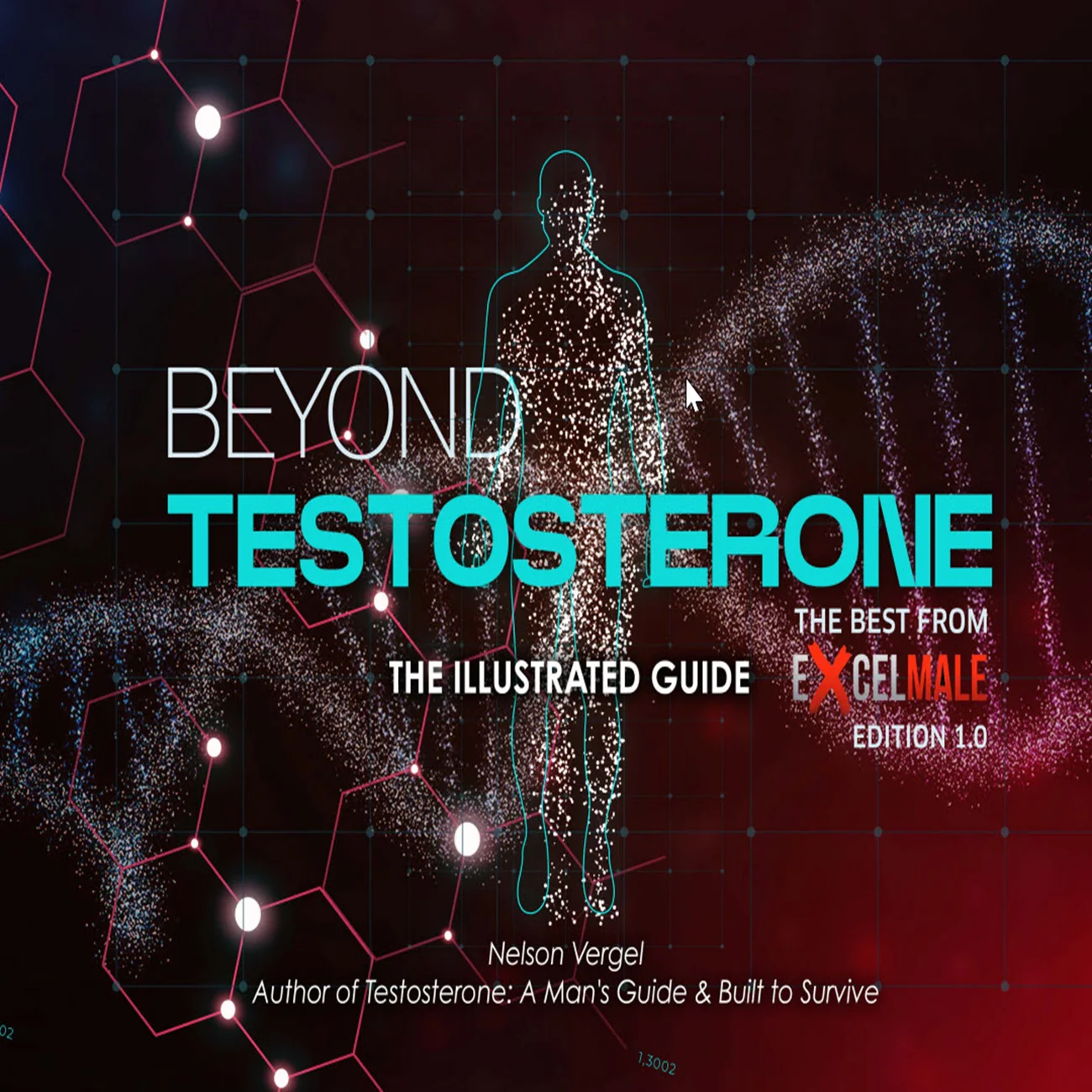Two questions: 1) since the amount of iron that can be carried by Ferritin can apparently vary massively, how can ferritin alone be a good measure of available iron? My understanding is that TIBC is a better measure but I would be interested in your thoughts, and 2) if someone is trying to ensure that they do not have Iron Overload in their organs or other tissues, and the blood donation to do that drives Ferritin to a (temporarily) low level but without any negative symptoms, what other way would one ensure against iron overload if not by blood donation?
So first we need to understand where serum ferritin originates. Ferritin comes in different types (isoforms) (adapted from my site):
H-ferritin (Heavy chain, FTH1). “Heavy” but stores less iron. Typically stores 500–1,500 iron atoms. Heavy has a less stable ferrihydrite core which allows for rapid iron release into tissue where it is found. These organs have the highest concentrations of heavy chain: heart, brain (sensitive to oxidative damage, H-ferritin helps detoxify Fe2+ rapidly), bone marrow (erythropoiesis requires rapid iron uptake for hemoglobin synthesis), placenta (rapid transfer to the fetus), kidneys, genitals, and the retina. (Other organs like the lungs are a mix of heavy and light.)
L-ferritin (Light chain, FTL). “Light” but stores more iron. Typically stores 4,500 iron atoms. Has no ferroxidase activity. More prevalent in liver and spleen, where iron is stored long-term. Note that serum ferritin, which is secreted into the bloodstream, is mostly L-ferritin, with very little or no iron and little to no H-chain content. The Vorck protocol is raising mostly ferritin in hepatocytes, or 'iron in the liver.' FTL is secreted by liver and spleen cells to 'service' available iron in serum. And it is unique from serum iron -- it is intact ferritin. Because on TRT we have a defective ferritin mechanism thanks to being flooded with erythroferrone, it (ferritin) cannot go back up like it does in normal people. (Even in normies, it's a slow build anyway).
Ferritin doesn’t reflect how much iron is available for immediate use, and TIBC is a snapshot in time where ferritin is long term. TIBC varies based on serum iron which changes about a dozen times per day (remember, it's principally based on transferrin). Also remember that ferritin may be normal or high due to inflammation further confusing things. You need a CBC, IL6, and iron panel (looking at TSat%) to determine inflammation.
Under non-inflammatory circumstances (important), serum ferritin reflects mainly liver and spleen iron. We know this from studies of horse livers from decades ago as well as use of MRI in the current era.
"what other way would one ensure against iron overload if not by blood donation?"
My site lists the chelators but the one standout supported by research is quercetin. It wouldn't be as strong as straight phlebotomy for cases of C282Y hemochromatosis however.












